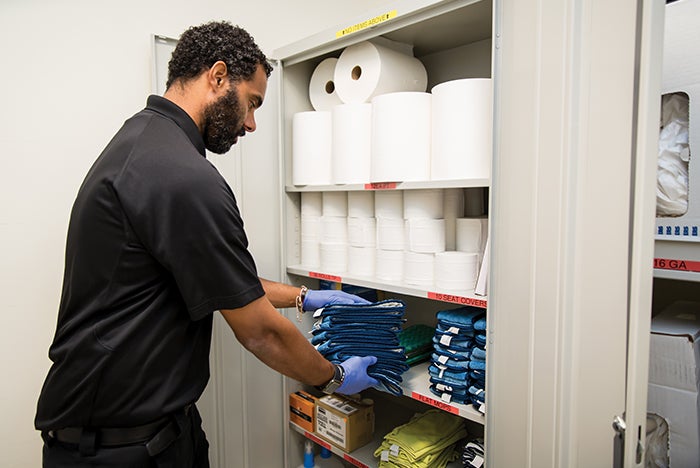University of Utah Health's six-phase methodology
Patients and operational leaders were complaining to Salt Lake City-based University of Utah’s environmental services (EVS) leaders about the cleanliness of their ambulatory health centers. These particular centers were cleaned by a contractor.
It would’ve been easy for U of U Health’s EVS leaders to blame the contractor — hold their feet to the fire. Instead, they followed a six-phase methodology built upon twin pillars of continuous improvement and systemic respect.
The following describes the phases in more detail.
Phase 1. Project definition: They built a team, including the incumbent vendor; held a team conversation guided by a project readiness assessment; and developed SMART (Specific, Measurable, Attainable, Relevant and Time-bound) goals based on the voice of the customer.
Phase 2. Baseline analysis: They gathered current state data and qualitative input from stakeholders, observed processes in action and respectfully asked the front line about their work.
Phase 3. Investigation: They reviewed front-line process support tools (e.g., checklists weren’t organized by frequency, and some weren’t in a language the front line could read); benchmarked vendor-cleaned vs. employee-cleaned facilities (which meant visiting more workplaces); performed a gap analysis of stakeholder expectations vs. vendor’s contract (requiring even more workplace visits); and determined durations of specific steps in line with stakeholder expectations.
Phase 4. Improvement design: They fulfilled immediate needs (e.g., reorganized and relabeled front-line storage). Technically, these are implementation steps (Phase 5), but to honor systemic respect, they didn’t wait. They also wrote a request for proposal with an expanded scope matching stakeholder expectations, and a labor budget based on validated durations, a major step building systemic respect; and established a traveling team to cover absences.
Phase 5. Implementation: They executed the bidding process (the internal EVS team bid and won) and followed basic project management rollout practices.
Phase 6. Monitor: The leadership tracks customer ratings and comments weekly (a typical result: “Poor”/”very poor” rate dropped from 0.9% to 0.2%, while growing “very good” from 75% to 80%), and internal stakeholder feedback is informal.
The internal EVS team has grown their locations from three before the project to 18 as a result of it, and now cleans 21, with five pending. This effort improved customer experience by increasing systemic respect for the front-line team. These twin pillars, though defined separately, work together.



